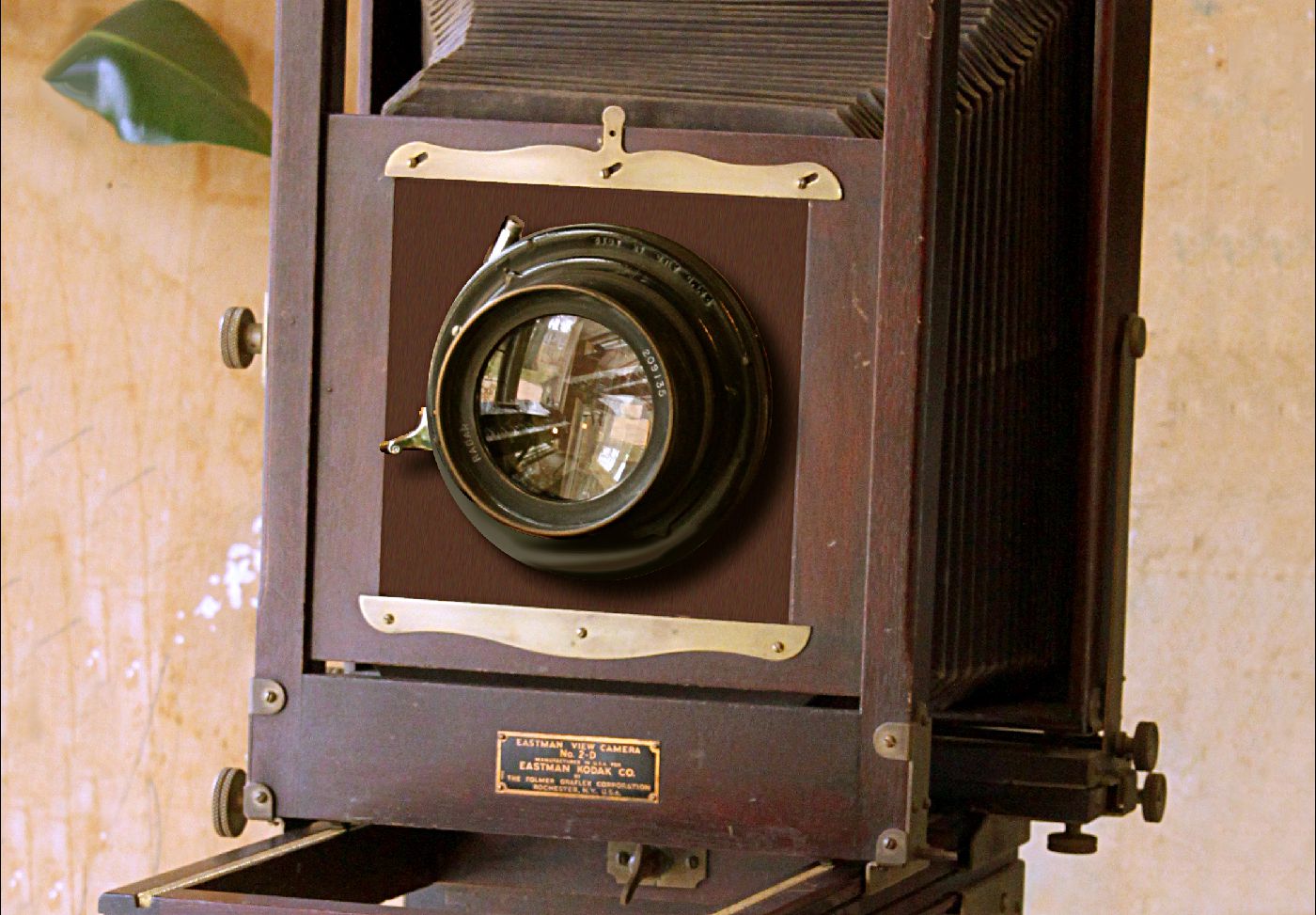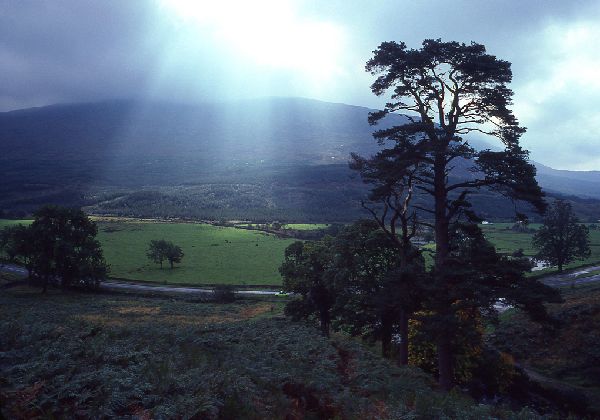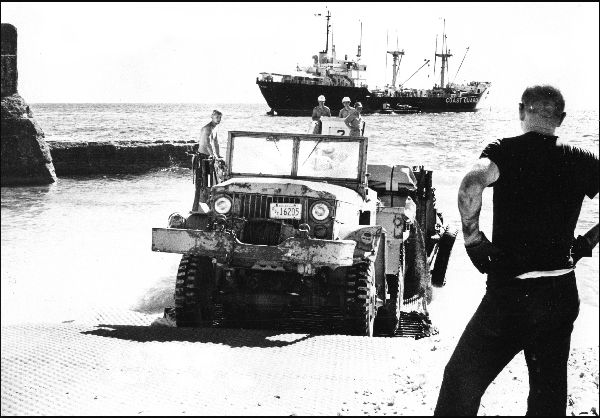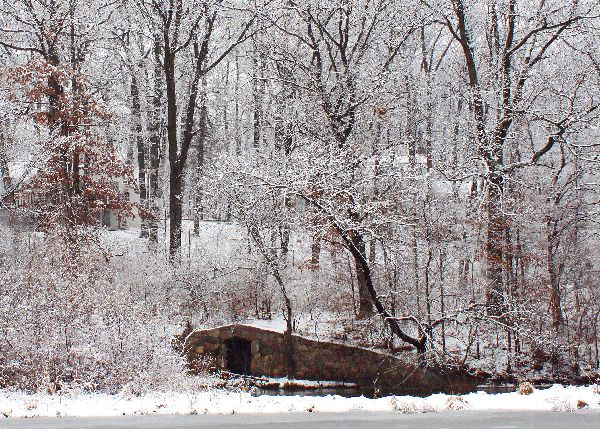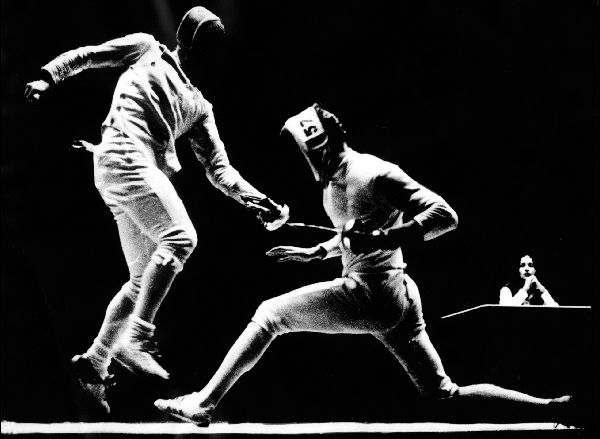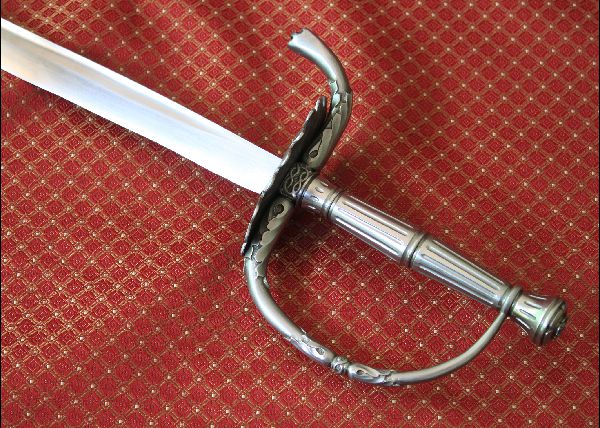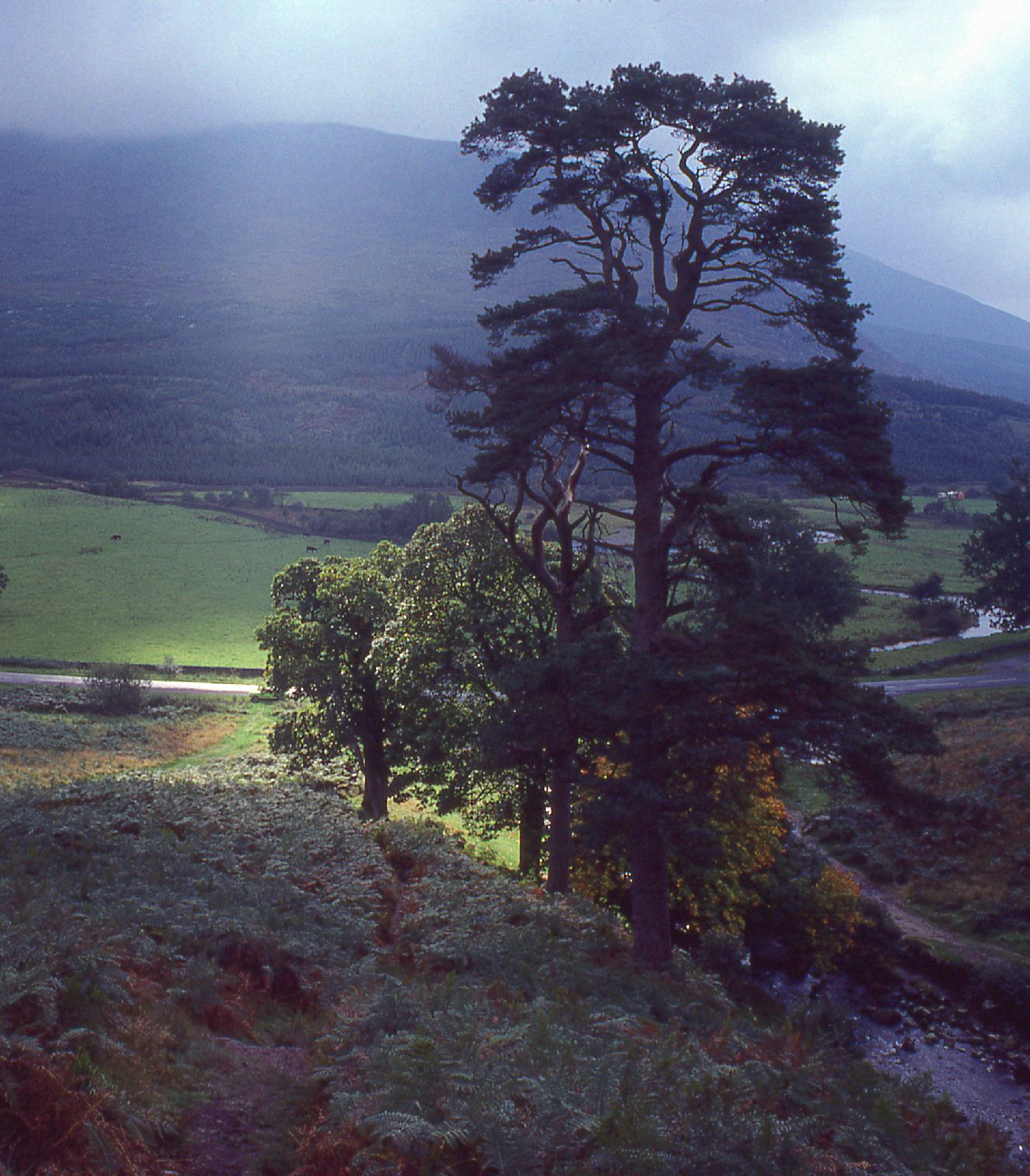
I fell under the spell of this “artistic technology” early. In high school I learned on a Speed Graphic traditional press camera like you see in movies from the ’30s and ’40s, shooting the gamut in black-and white from sports to department-store fashion ads.
In the public library I found books with fine-art photography by Edward Weston, Ansel Adams and European photographers. I began to get the notion of how one photo could be fine art and another could not.
In college I shot for the yearbook, learning human interest and enough darkroom work to win a part-time photographer job while serving as an electrician aboard CGC Kukui WAK-186. She was the last Coast Guard freighter, on her last few West Pacific missions. That experience was priceless. Some of the photos are in a gallery below.
At the University of Michigan I studied with Professor Phil Davis, whose photography manual was the choice of many pros. He challenged me to go beyond my previous experience. I loved it.
On a 1980 independent photo tour of Scotland with an Olympus OM-1, I took along the 4 x 5. My 1992 and 2004 photos of England are all 35mm.
